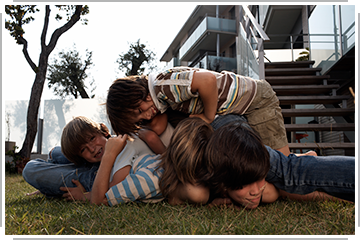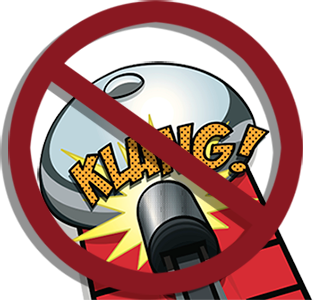Facts & Myths
 |
Facts & Myths |
 |
Select each tab on the left for more information. | ||
Concussion ≠ Loss of Consciousness
 Courtesy Brain Injury Association of Nebraska |
Even if the trauma is not serious enough to result in a loss of consciousness (LOC), there can be cognitive, motor, and behavioral abnormalities. Of the roughly 300,000 sports-related concussions per year treated in emergency rooms, only 8.9% involve loss of consciousness. |
Not Just for Athletes
Concussions can happen to any active person, not just to athletes involved in formalized activity. Concussions can happen on the playground, in gym classes, on bike trails, in the home, or any place a person is engaged in physical activity. |
 Courtesy ThinkStock: Photo & Co |
Not Just a Bell Ringer
 Courtesy ThinkStock: Adam Glenday |
Because of the old bell ringer mindset (a perception that a person can “shake off” a head-jolting impact and play through or carry on with the activity), a concussion may go unreported and/or untreated. Slowly, the bell ringer mindset is becoming unacceptable. A concussion is never anything to be ignored. As a licensed health care professional, you can help advance this new line of thinking as you work with coaches, staff, parents or guardians, and other health care professionals. |
A Concussion is a Concussion
At the end of the day, regardless of the force that caused it or the symptoms it produces, a concussion is a concussion. A concussion is an injury to the brain. It is never to be taken lightly. |
 Courtesy Brain Injury Association of Nebraska |
Mild? Moderate? Severe?
 Courtesy ThinkStock: Dirima |
A concussion is a brain injury. Telling a person he or she has a “mild” brain injury is comparable to telling a woman she is “mildly pregnant”. What you must bear in mind is that brain injuries are not created equal. Everyone responds differently. Treating a concussion is more important than grading it. |
